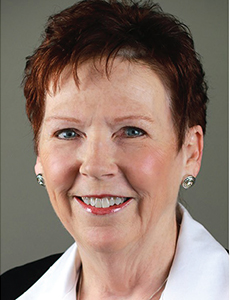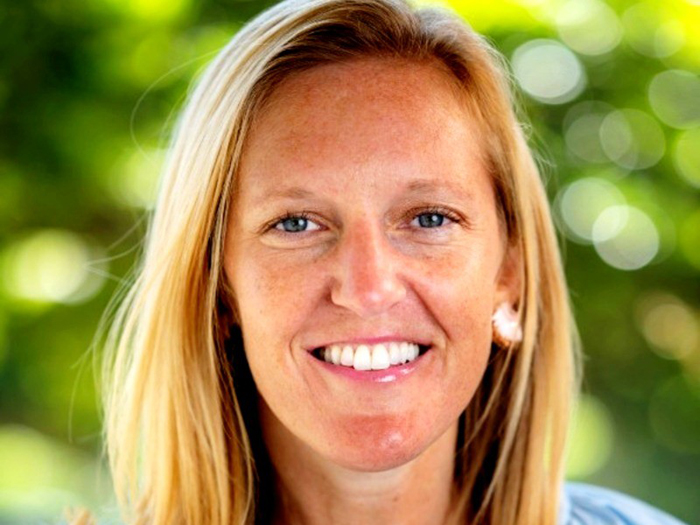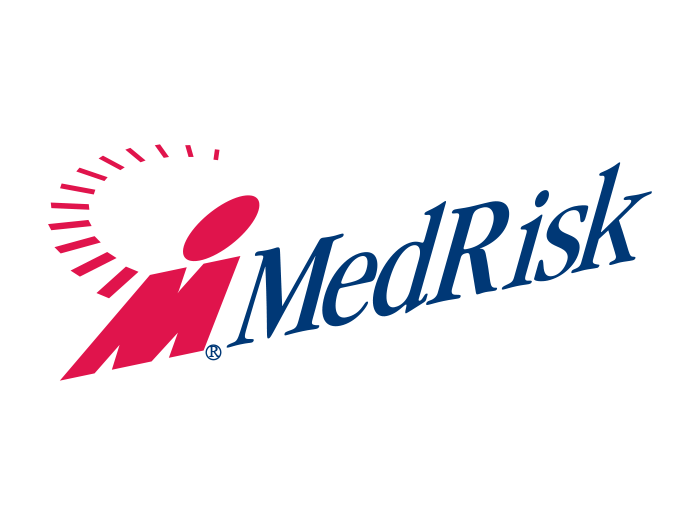In Depth: Workers' Compensation
The New Normal
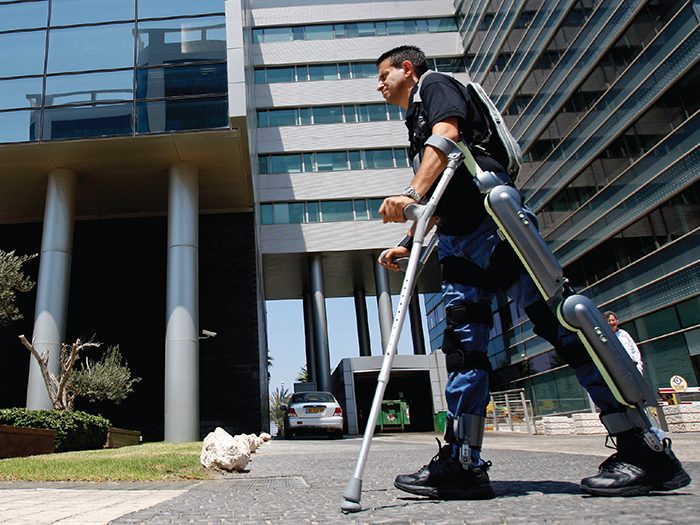
Four years after a firefighter sustained third degree burns over 95 percent of his body, he’s not just alive, but he’s counseling other burn victims.
And several years after a 40-something forklift operator suffered a pelvic fracture, a traumatic brain injury and a spinal cord injury, the karate black belt returned to his dojo and hopes to teach karate from his wheelchair.
Five or 10 years ago, these injured workers wouldn’t have lived a week after their injuries, say their medical teams. Thanks to recent advances in medicine and technology, more catastrophically injured workers are surviving and, while not returning to their former functionality, are leading productive lives, said Sherri Hickey, director, medical management, Safety National.
As a result, the workers’ compensation community is “dealing with more, and longer, and more expensive claims,” Hickey said.
A virtue of workers’ compensation coverage, said Dr. Michael Choo, chief medical officer, Paradigm Outcomes, is that it “takes the long view” of the injured worker’s needs. “Generally, health care focuses on the first few weeks, a month, or a year, but effects from burns, spinal cord and traumatic brain injuries last forever.”
Because catastrophic injury claims often last for decades, the goal should be the best functional outcome possible in each case, said Choo, both for the patient’s quality of life and as a claims management strategy. “The best functional outcome translates to the lowest level of disability,” which itself translates to greater independence and lower care costs.
The best care doesn’t come cheap, said Michael Coupland, psychologist and rehabilitation counselor, network medical director, IMCS Group, but it’s cheaper in the long run than cheap care.
“Carriers and employers typically want the best doctors, the best rehab facilities, the best equipment, the best care management because they want to do the right thing for their workers and because the best care prevents returns to the hospital for complications such as skin wounds and infections” — the kinds of ailments that arise from fragmented care, oversight or neglect, said Choo, formerly CEO of a for-profit hospital before joining Paradigm.
“The financial payoff comes down the road.”
Management of these cases can be infinitely complex, he said, as medical conditions may change constantly, affected by comorbidities (such as high blood pressure and obesity, secondary effects of physical inactivity), psychological/social health (which can decline with pain, depression and isolation) and past medical issues.
They also involve a multitude of providers — all the physicians, therapists, home health aides, equipment suppliers and transport services — engaged in the patient’s care. A “big believer in teamwork,” Choo recommends keeping all stakeholders aligned to the same goal, an achievable degree of functionality.
When the financial payoff comes, Choo said, “we get five times better results at 40 percent medical cost savings,” than catastrophically injured patients who receive à la carte care.
The Technology
Because of the huge volume of traumatic brain injuries, burns, spinal cord injuries and amputations resulting from military engagements, companies have been researching and creating function-restoring technologies, Hickey said.
The results would stun a science fiction writer: skin grafts grown in the laboratory from the patients’ own DNA; drones launched from wheelchairs to conduct surveillance on the surrounding topography; brain-controlled robotic suits that restore some neurological function; exoskeletons.
Most technology is not the gee-whiz stuff. For example, the Apple watch will soon track fitness for wheelchair users. And a device called Pants Up Easy helps wheelchair users and people with spinal cord injuries get dressed.
Effective, low-cost technologies borrowed from smart phone fitness apps are producing a huge shift in patient monitoring, Coupland said.
For example, biofeedback apps measure heart rate variability, an indicator of stress and mood, and provide a mechanism for controlling them. Pain and mood diarizing are moving toward these technologies, as are sleep and activity tracking.
Telehealth technology can help providers manage vital signs all day, not just during an office visit by identifying changes from the baseline, said Kevin Glennon, vice president, home health and complex care services, One Call Care Management. And they’re useful for tracking medications.
“Patients hit a button when they take their meds,” he said, informing providers that they remain on schedule.
While technology can enable more independence, it can also contribute to more sedentary lives. Social media may contribute to inactivity — and obesity.
Obese people need greater doses of medications, and those who are also disabled may need a higher level of care for mobility, bathing and toileting. They may need bariatric or heavy-duty equipment. “If the patient weighs 300 pounds and the power chair weighs 325, the home would need assessment” for weight-bearing capacity, Glennon said.
“Generally, health care focuses on the first few weeks, a month, or a year, but effects from burns, spinal cord and traumatic brain injuries last forever.” — Dr. Michael Choo, chief medical officer, Paradigm Outcomes
On the other hand, technologies such as high-end prosthetics may allow greater independence and activity. “If the patient was a runner before the accident, we’ll buy running as well as walking prosthetics,” Hickey said.
Will carriers pay, especially for new technologies? With input from research and medical experts, payers review on a case-by-case basis, said Maureen McCarthy, senior vice president, claims, Liberty Mutual. “We seek input on experimental devices and treatments. Payment isn’t a barrier to care in the workers’ compensation environment.”
Beyond Medicine
Many factors contribute to a well-planned discharge plan, said Scott Peters, clinical director, neurorehabilitation and neurobehavioral system, ReMed: the worker’s abilities and prognosis, the medical and therapeutic treatment, home modifications, and family support as well as the worker’s outlook on life, ambitions before and after the injury, and likes and dislikes.
For example, said Zack Craft, vice president, rehab solutions, One Call Care Management, while the injured forklift operator — we’ll call him Job for his tribulations and the vigor of his spirit — was still in his high-end inpatient rehab facility, One Call started planning for discharge.
Job wanted to go home and re-engage in the community — itself a predictor of success — not to a step-down facility. However, his return to the split-level home he shared with his wife was impractical because of the cost of modifications; it would require an elevator. Besides, his wife had left him, leaving him with a single income equal to 66 percent of his former salary.
One Call arranged for a year’s lease on an apartment that needed only minor modifications and for a 24/7 home health aide while he sold his house. He applied the sale proceeds to buy a new house.
And he needed transportation. The transport van, although medically justifiable, was very expensive and didn’t fit Job’s idea of himself as a motorcycle and pickup truck sort of guy. A new van would cost a prohibitive $70,000 to $95,000.
Using its network of used vehicles, One Call located a year-old, pre-modified van for $40,000. It applied for and received approval from the Washington State workers’ compensation regulators.
Was Job happy?
“He wanted to return home and get back to living,” Glennon said. “Often, when workers can’t get past the depression and denial, they lose their will to strive for independence.” &
___________________________________________
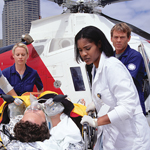 Facing the Unthinkable: What happens in the hours, days and weeks following a sudden, disabling injury?
Facing the Unthinkable: What happens in the hours, days and weeks following a sudden, disabling injury?
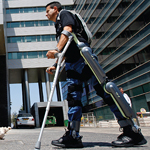 Road to Recovery: When it’s time to send patients home, there are new challenges to tackle, for both patients and payers.
Road to Recovery: When it’s time to send patients home, there are new challenges to tackle, for both patients and payers.
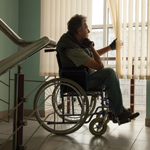 Creeping Catastrophes: The final story of the series focuses on “creeping” catastrophic claims.
Creeping Catastrophes: The final story of the series focuses on “creeping” catastrophic claims.


